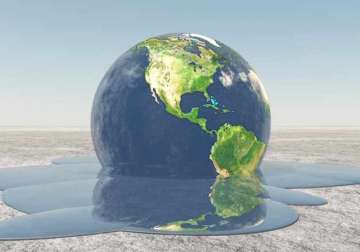New York: The fear looming for years in our mind is finally coming true. Sea levels will rise four to eight inches in coming decades, and up to 50 inches by 2100 and New York City in particular will observe a significant change in its climate, says a report by the New York city panel on climate change.
Examining how the city's housing stock would cope with the impending disaster, which may result in black out or complete power cut, Ginia Bellafante contemplated this question by drawing on a study from the Urban Green Council released last year, that bears repeating:
Single detached houses would be the worst place to inhabit; these houses are primarily found in places like Mill Basin, northeast Queens and Staten Island. Such places would hit the freezing point by the beginning of fourth day of a blackout.
But all those voluptuaries basking in their glass Manhattan high-rises would also be severely affected. (In a virtual world said "residents" are unable to simply hop in their helicopters and head for the family home in Dubai.) But let's pretend for a moment that all the helicopters and private jets are dead; that there was no way out.
In the summer, indoor temperatures would rise to 80s (degree Fahrenheit) by the third day. In the heart of winter, glass towers would plunge to freezing point by day four
Rowhouses would be the best place to live under such circumstances, which effectively retain heat as they are snuggled up next to one another. The bad news is that is not affordable either.
Latest World News
